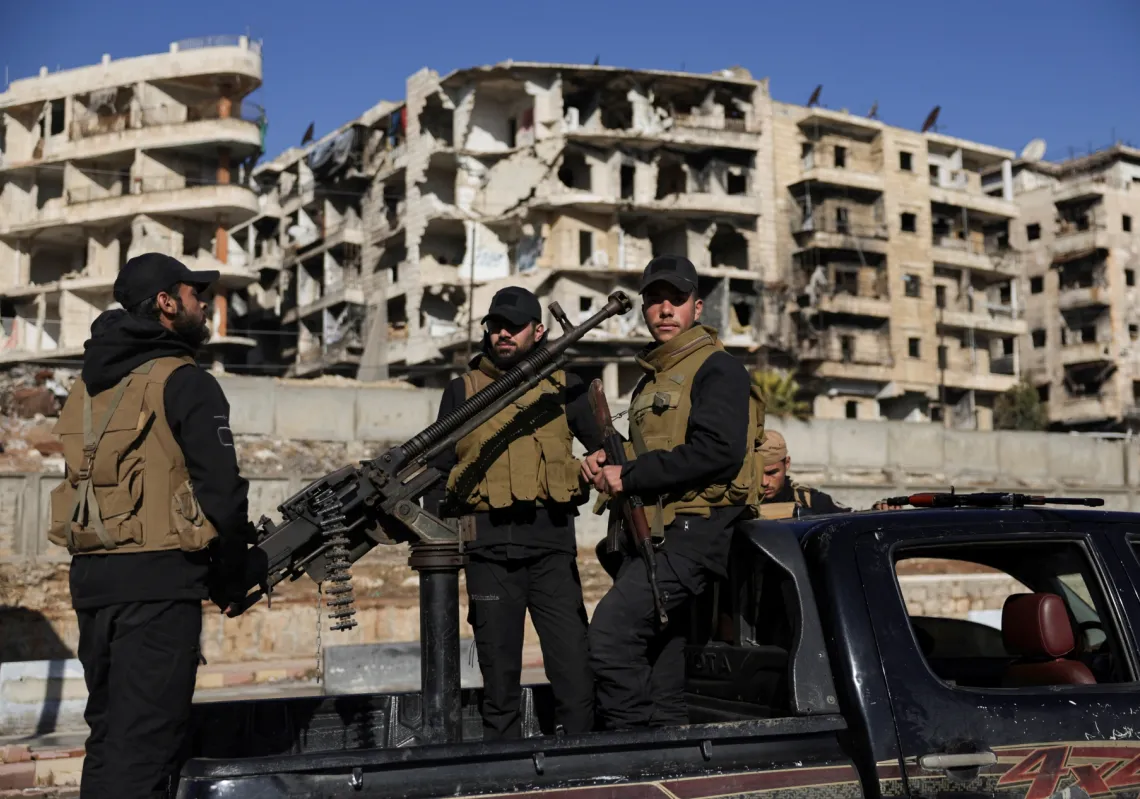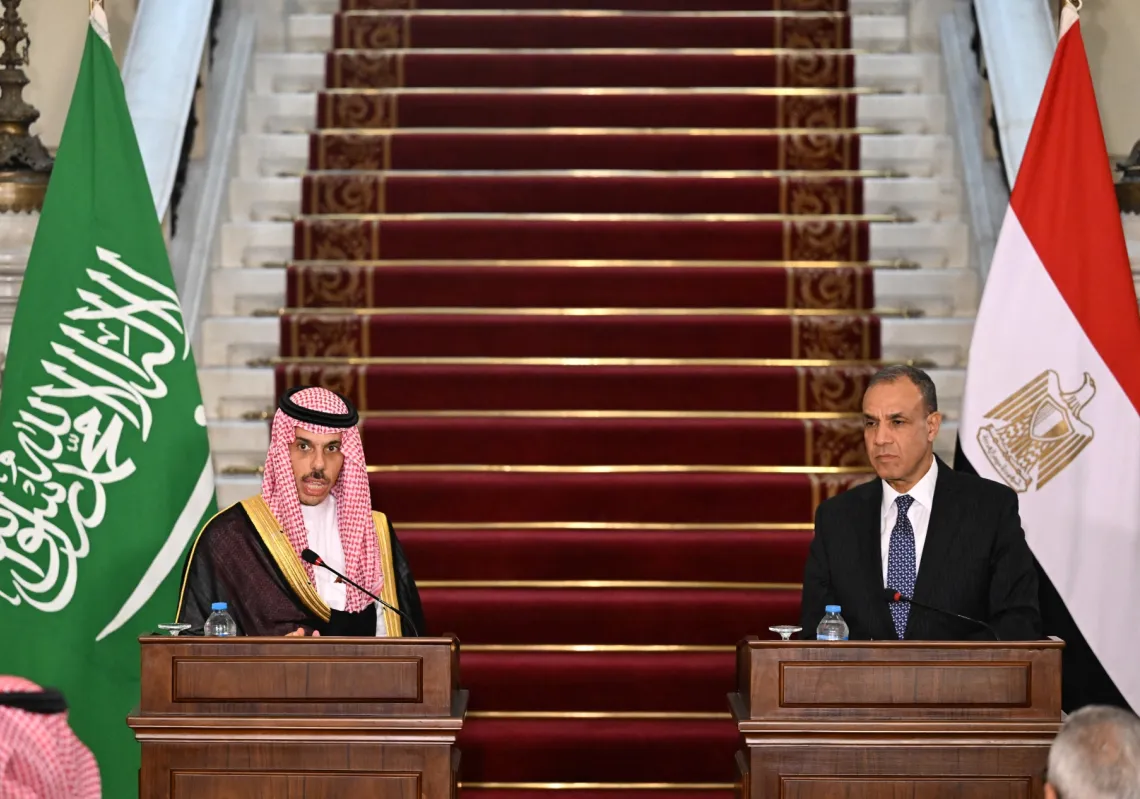Two months after the beginning of a much-anticipated counter-offensive, slow progress by Ukrainian forces has raised doubts as to what Kyiv can really achieve, and whether the liberation of all of the territory currently occupied by Russia is a realistic objective.
A series of reports in Washington suggests US officials are increasingly pessimistic as to whether the offensive will be able to meet its goal.
This is not the first time scepticism regarding Ukrainian efforts to restore “full sovereignty” over its territory has emerged. Around the same time last year, slow but steady advances by Russian forces in Eastern Ukraine, culminating with the capture of the city of Severodonetsk in Ukraine’s east, raised similar concerns.

A few weeks later, Ukraine launched a surprise counter-offensive in Kharkiv that pushed Russia out of a key area of northeastern Ukraine, as well as a more sustained offensive that, weeks later, would lead to a Russian decision to withdraw from a significant part of the southern Province of Kherson — including the city of Kherson itself.
Swinging pendulum
Arguably, we’re in a different military and political set-up, but this puts things in perspective. Public opinion and coverage of the war naturally tend to swing like a pendulum between one end of the spectrum and the other. Depending on the moment, voices expressing optimism over Ukraine's effort to free its territory will be bolstered.
A swing of the pendulum, and the same people who said Russia would conquer Ukraine in no time (and were wrong), or that Western weapons wouldn’t change the course of the war (and I would argue were also wrong), are once again getting prime air time.
Patience and determination are how wars are won, but rarely how they’re covered.



















